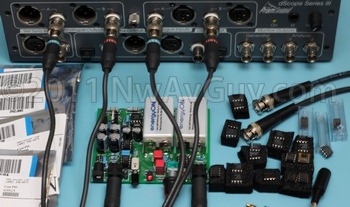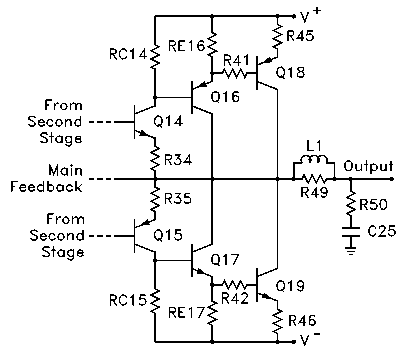saheb11123
Active Member
Good to see a lot of testing, and if you plan to use the lm3886, you wont need the speaker protection, and around 10000uf is enough per channel.
I had bought the Peerless speakers, LM3886 amplifier board & power supply board (shown earlier) through diyaudiocart. The power supply board was enhanced by replacing the 4,700uf x4 capacitors with 10,000uf ones.
Also picked up:
1)Low pass frequency filter by Wintek. It is a fourth order filter using 3x TL072 op-amps with cut-off frequency at 110Hz.
2) speaker protection circuit by Lumin using uPC1237 which protects the speaker against amplifier output DC, over load & short circuit.

Tested the C1237 speaker protection circuit with a 0-12v power supply. Switches on the speaker after 4 sec delay after power on. An extra connection goes into the transformer AC section to switch off the relay immediately during power off suppressing pop off noise.

















